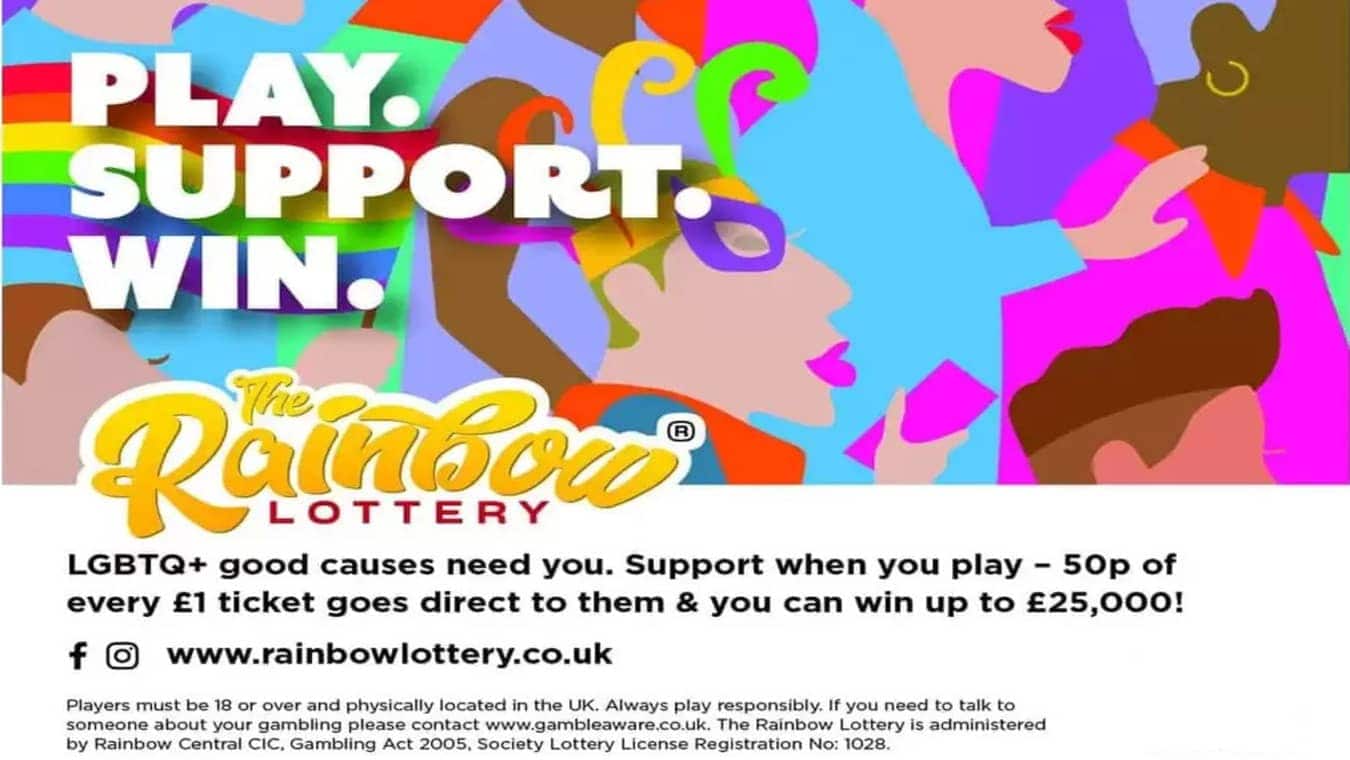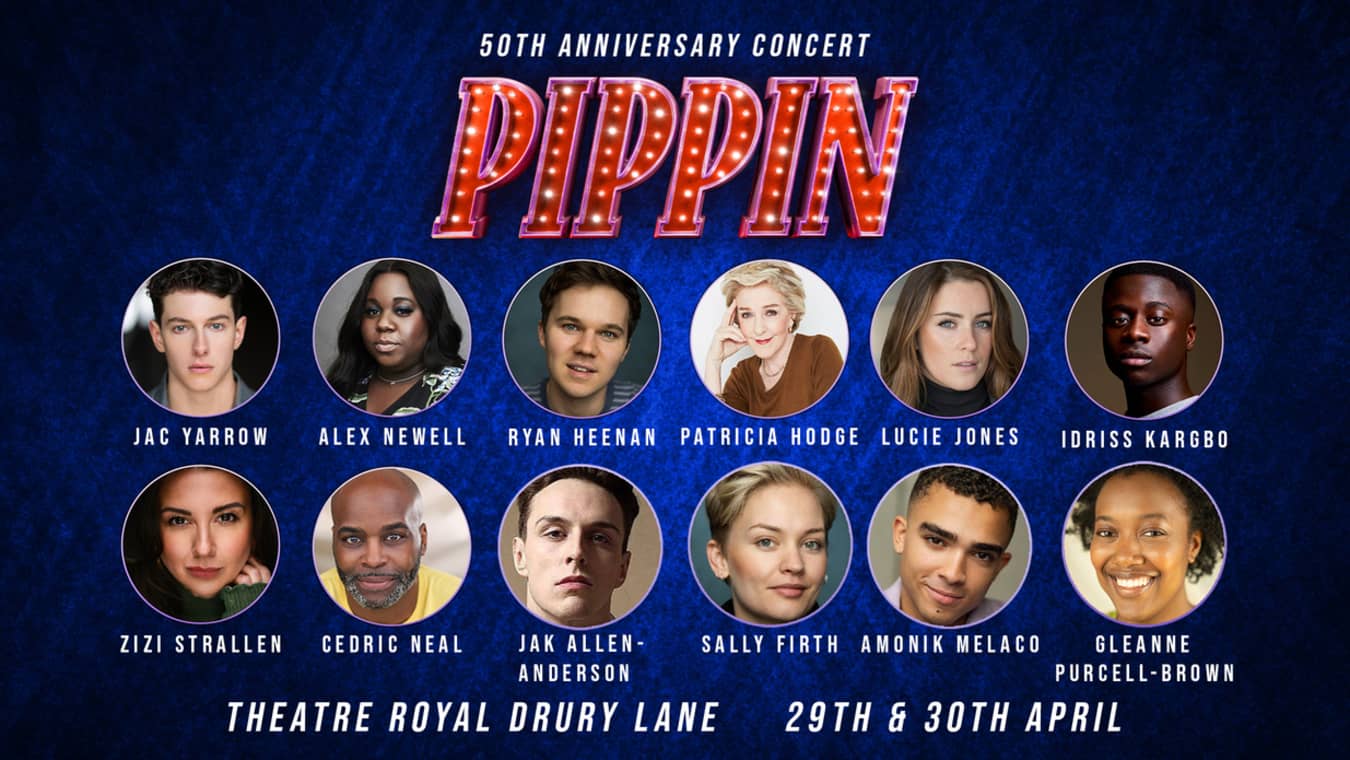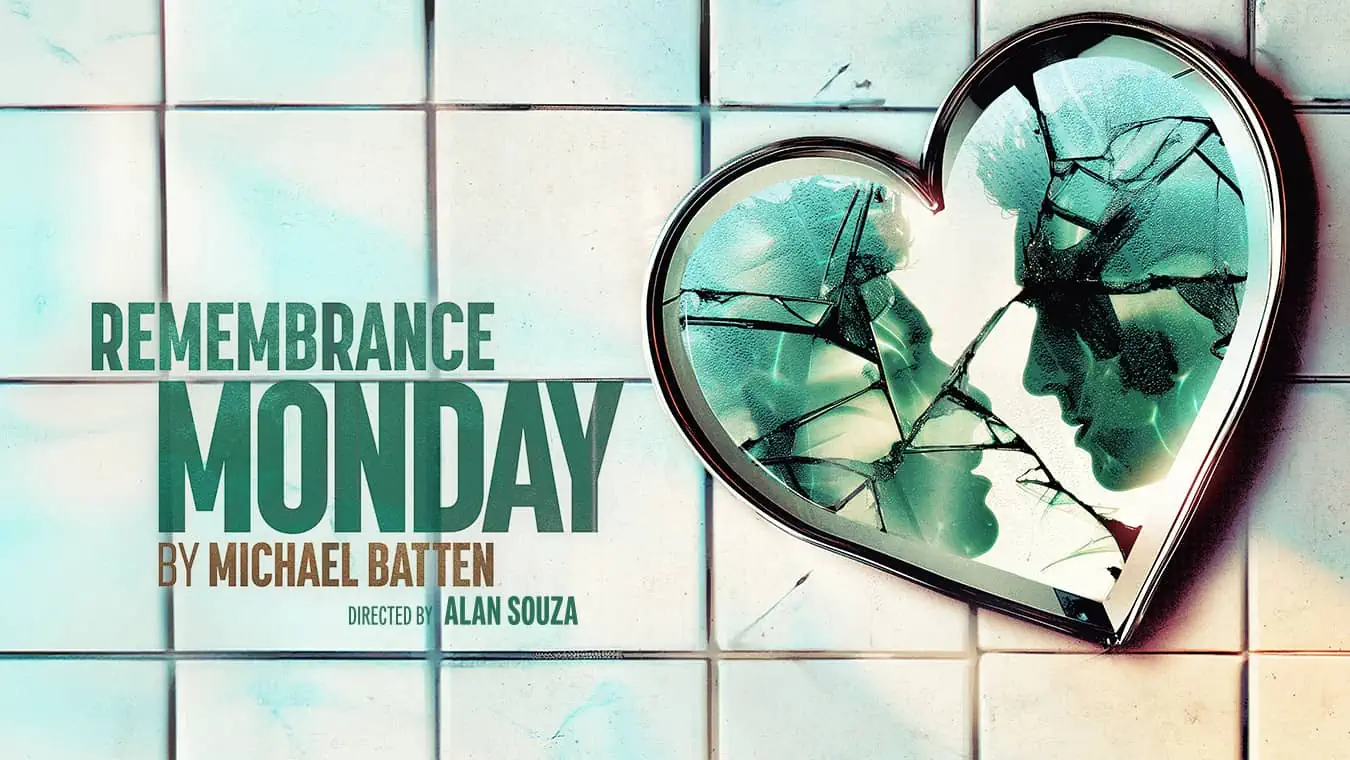We decided to make the theme for this year’s World AIDS Day issue, HIV Heroes! People who should be remembered for paving the way to get us where we are today.
These were the pioneers who rocketed the virus into the public conscience, forcing people to come to terms with something that they wanted to brush under the carpet. From royals, to artists, to sports personalities, they have one thing in common: they’re all, in part, responsible for how we see HIV and AIDS today.
John Carlin
After seeing many of his friends succumb to AIDS in the 1980s, John Carlin was motivated to raise money for the mysterious disease. With connections in the entertainment industry, he came up with the idea to invite musicians to record an album of covers of the musical composer, Cole Porter.
The end result was called ‘Red Hot + Blue’ and included songs from Neneh Cherry, Tom Waits, Erasure, Sinead O’Connor, amongst others. It was an unmitigated success, selling over a million copies, and there have been a subsequent 15 albums since, including an album of Grateful Dead covers in May this year.
The Red Hot Organization has raised over ten million dollars for HIV/AIDS related causes.
Magic Johnson
Magic Johnson was one of the biggest basketball players in the world, both literally and figuratively, when he was diagnosed as HIV positive in 1991.
Up until then, HIV had been associated with gay men and drug addicts, but Johnson’s diagnosis made it clear to the world that heterosexuals could contract the disease as well.
Although forced to retire, he did not shirk from the attention that came from this revelation and became a face for the disease.
He established the Magic Johnson Foundation which devoted resources to HIV/AIDS prevention, including a self-penned guidebook What You Can Do To Avoid AIDS.
Keith Haring
Keith Haring’s artwork has received increased attention in recent years, with Uniqlo releasing a T Shirt line featuring his work and clubs like East Bloc embracing his imagery.
He was diagnosed with HIV in 1987 and spent the last years of his life raising awareness and openly pontificating on HIV and AIDS. He created bold pieces which directly tackled the issue, including Silence=Death, a painting of a pink triangle overlaid with his trademark figures holding their hands over their ears, highlighting the US Government’s delayed response to the AIDS epidemic.
The Keith Haring Foundation has continued this work after he died in 1990.
Panti Bliss
Irish drag queen and comedian Panti Bliss is one of the most important LGBT activists of our times. It could be argued that she’s largely responsible for the legalization of gay marriage in the Republic of Ireland.
But the campaigning she’s done for HIV and HIV positive people is more subtle – with her critically acclaimed film Queen of Ireland, she showed that HIV positive people could live not only normal lives, but exceptional lives.
With Panti Bliss as a role model, people living with HIV know that anything is possible.
Beverley Knight
R&B and soul singer Beverley Knight has spoken often and candidly about HIV, most notably her relationship with a gay man who died of HIV-related complications in 2003.
His name was Tyrone Jamison, and she refers to him as her “soulmate”. Her 2004 album Affirmation was dedicated to and based on him, with themes of hardship, grief, and the struggle for life running throughout.
She was public about this throughout her touring and promotion of the album, and it went on to sell tens of thousands of copies, eventually achieving Gold status.
She is the only prominent R&B singer to have ever spoken or sung out actively on the subject of HIV and AIDS, and how it can affect people’s lives.
Zackie Achmat
It’s become somewhat of a cliché to say that HIV is no longer ‘a death sentence’. In many countries, including the UK, it does hold true. However, in many countries, HIV is still a killer, with over a million people dying of AIDS-related illnesses in 2015. Only half of the 37 million people living with HIV worldwide have access to antiretroviral therapies. There are countless activists and groups fighting for life-saving treatments. One such is Zackie Achmat, who co-founded the Treatment Action Campaign Organisation, who successfully fought for increased access of HIV drugs in South Africa in the face of institutional AIDS denialism.
Freddie Mercury
Freddie Mercury’s death, and media circus surrounding it, serve as an awful example of the lack of empathy and understanding towards HIV and AIDS in the late 80s and early 90s.
In his final months, an increasingly gaunt Freddie was stalked and harassed by the paparazzi. Rather than the focus being on what could be done to help him, the press just speculated on when he was going to die. It was treated not as an impending tragedy, but as a freakish attraction from which the general public could not look away.
In this way, he was treated the same as so many other gay men suffering at the time. Nothing was done to help. Nobody wanted to help. 24 hours before his death, Freddie Mercury made the following, era-defining statement: “Following the enormous conjecture in the press over the last two weeks, I wish to confirm that I have been tested HIV positive and have AIDS. I felt it correct to keep this information private to date to protect the privacy of those around me. However, the time has come now for my friends and fans around the world to know the truth and I hope that everyone will join with me, my doctors and all those worldwide in the fight against this terrible disease.”
Princess Diana
In 1989, Princess Diana opened the Landmark AIDS Centre in South London. It’s still open today, treating patients in Tulse Hill and the surrounding areas. Perhaps more than anyone else, Diana changed stigmas and the way the general public sees HIV.
The iconic photograph of her shaking hands with a man dying of AIDS, was circulated by the world’s media. It was something about the juxtaposition between her prim, quintessential upper-class glamour, and the stark reality of this man’s plight, that had an impact on people. “HIV does not make people dangerous to know,” Diana famously said “You can shake their hands and give them a hug.
Heaven knows they need it. What’s more, you can share their homes, their workplaces, and their playgrounds and toys.” She was one of the first to publicly air views like this. Her son Harry followed in her footsteps earlier this year, becoming the first royal to ever publicly have an HIV test.



















